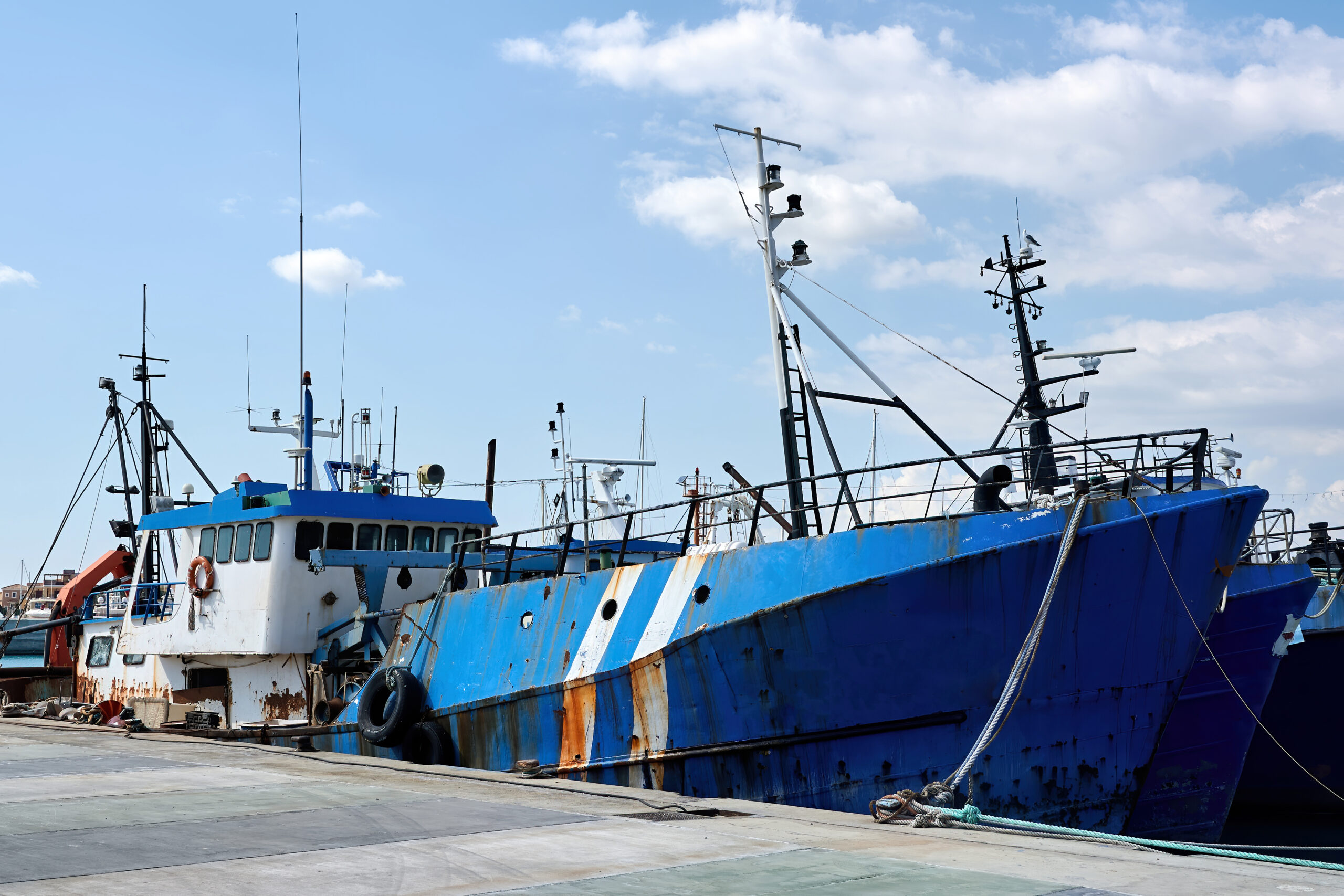In the maritime industry, vessel lay-ups are a common response to fluctuating market conditions, and global regulations play a key role in shaping these decisions. With varying standards across jurisdictions, shipping companies must navigate a complex landscape of environmental, safety, and operational requirements. These regulations not only influence costs but also determine how vessels can be maintained during periods of inactivity.
Environmental Regulations in Developed and Emerging Regions
Developed regions, such as the European Union and Singapore, impose strict environmental compliance measures for ship lay-ups. These include adherence to emissions control standards and ballast water management protocols to prevent pollution. While these regulations ensure environmental sustainability, they also raise operational costs significantly.
In contrast, many emerging maritime hubs have more lenient environmental regulations. Ports in some Southeast Asian countries provide budget-friendly options for lay-ups but may lack advanced monitoring systems. This flexibility can reduce immediate costs but increases long-term risks, such as ecological degradation and reactivation complications.
Crew and Maintenance Protocols
Hot Lay-Up Regulations
Hot lay-ups, where vessels remain operational but inactive, require adherence to the International Maritime Organization’s (IMO) minimum crew standards. Some jurisdictions enforce additional inspection requirements, which increase labor and operational expenses but allow for faster vessel reactivation.
Cold Lay-Up Variations
Cold lay-ups, where vessels are completely shut down, involve minimal crew requirements. However, maintenance protocols differ widely across regions. Developed ports often mandate extensive preservation measures to protect machinery and prevent degradation, ensuring long-term operational viability. Less-regulated regions may offer reduced maintenance requirements, posing risks to vessel integrity and reactivation readiness.
Port-Specific Protocols and Their Influence
Developed Ports
Ports like Rotterdam and Antwerp provide established infrastructure and well-defined lay-up procedures. These include comprehensive environmental audits, transparent fee structures, and access to advanced preservation services. While such protocols ensure long-term vessel viability, they come at a premium.
Cost-Effective Alternatives
Ports in Latin America and parts of Asia offer more relaxed rules and lower costs, attracting budget-conscious operators. However, these benefits are often offset by higher reactivation expenses and potential regulatory fines, especially if international compliance is not maintained.
Operational and Financial Implications of Regulations
Insurance and Liability
Insurance premiums for lay-up vessels tend to be lower in regions with stringent regulatory frameworks due to reduced risks of accidents and environmental damage. On the other hand, vessels stationed in loosely regulated areas may face higher insurance costs or policy voidance due to non-compliance.
Cost vs. Readiness Trade-Offs
Hot lay-ups provide faster reactivation options but involve higher crew and maintenance expenditures. Cold lay-ups reduce immediate costs but require substantial investments during reactivation, particularly in regions with strict inspection and certification processes.
Regional Comparisons
Asia
Singapore is a leader in lay-up services, combining a strategic location with robust regulatory frameworks. In contrast, some Southeast Asian countries offer cheaper options but with fewer guarantees of vessel preservation.
Europe
Ports like Rotterdam focus on sustainability and high-tech preservation, making them ideal for long-term lay-ups of high-value vessels. However, the associated costs are higher compared to other regions.
Americas
U.S. ports adhere to stringent environmental and operational regulations. Some Latin American ports, with more lenient policies, attract cost-conscious operators but often lack the infrastructure to ensure long-term vessel viability.
Strategic Considerations for Shipping Companies
Shipping companies must align their lay-up strategies with regional regulations to balance costs and operational efficiency. Proactive compliance planning, advanced preservation investments, and collaboration with local service providers are key to optimizing lay-up operations. Companies should conduct thorough cost-benefit analyses to ensure that savings in less-regulated regions do not lead to long-term liabilities.
Conclusion
Global lay-up regulations significantly influence shipping operations, from cost structures to vessel preservation strategies. By understanding regional differences and implementing tailored approaches, shipping companies can effectively manage costs, maintain compliance, and ensure operational readiness. This strategic alignment is crucial for sustaining competitiveness in the ever-evolving maritime industry.

